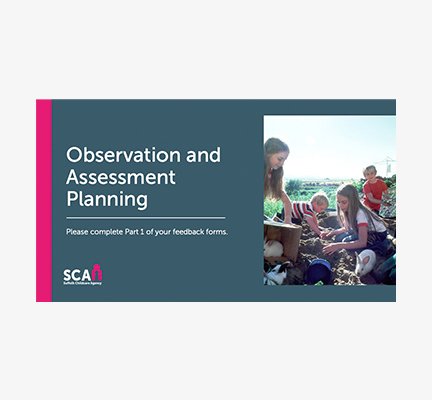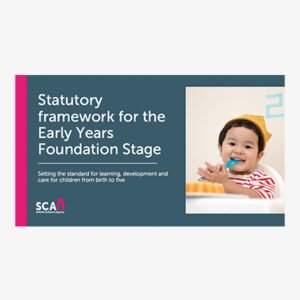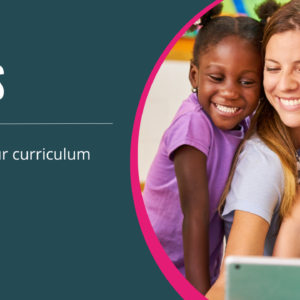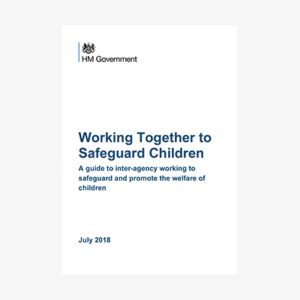Observation and Assessment Planning
£10.00
Observation and assessment planning is crucial for understanding and supporting children’s development. It helps identify individual learning needs and progress. Practitioners observe children’s behaviour, interactions, and skills in various activities. These observations guide future planning, ensuring activities match children’s interests and developmental stages. Regular assessments allow early years practitioners to track progress and make adjustments to their teaching. Effective observation and assessment promote a tailored learning environment, enhancing children’s outcomes. Planning based on observations ensures that children receive the right support. It also strengthens partnerships with parents, sharing insights into their child’s development and learning journey.
Observation and Assessment Planning in Childminding
Observation and Assessment Planning forms the backbone of effective early years practice. It ensures every child receives the right support.
Practitioners observe children closely to understand how they learn, develop, and explore the world around them.
These observations help tailor learning activities. They also allow adults to track progress and respond to individual needs quickly.
Why Observation Is Important
Observation helps practitioners discover each child’s interests, strengths, and preferred learning styles.
Through watching children during play, adults gain insight into social, physical, and cognitive development.
Daily observations offer accurate, real-time knowledge. This helps practitioners make timely and appropriate decisions for every child.
Effective Assessment Supports Progress
Assessment follows regular observation. It gives meaning to the information collected and helps track learning over time.
Practitioners check learning against developmental milestones. They compare what the child knows with expected age-level progress.
Assessments help identify gaps, strengths, and possible areas for extra support or enrichment.
Planning Based on Observation
After assessing, practitioners plan activities based on the child’s needs and interests.
Plans must include a mix of adult-led and child-led experiences. This provides a balanced and engaging learning environment.
Planning must be flexible. Children change quickly, so plans must reflect current needs and observations.
Practitioners review plans weekly. They adjust tasks to keep learning fun, challenging, and achievable for each child.
What to Look Out For
Look for accurate notes. Observations should clearly show what the child did, said, and how they engaged with others.
Ensure assessment links to learning goals. The next steps should align with the child’s current developmental stage.
Check that all planning reflects recent observations. It should not rely on assumptions or outdated information.
Conclusion
Observation and Assessment Planning gives every child a personalised learning experience. It supports confident, responsive teaching.
With consistent observations, effective assessments, and thoughtful planning, children thrive in their early years settings.
This process builds a strong foundation for lifelong learning and development.





